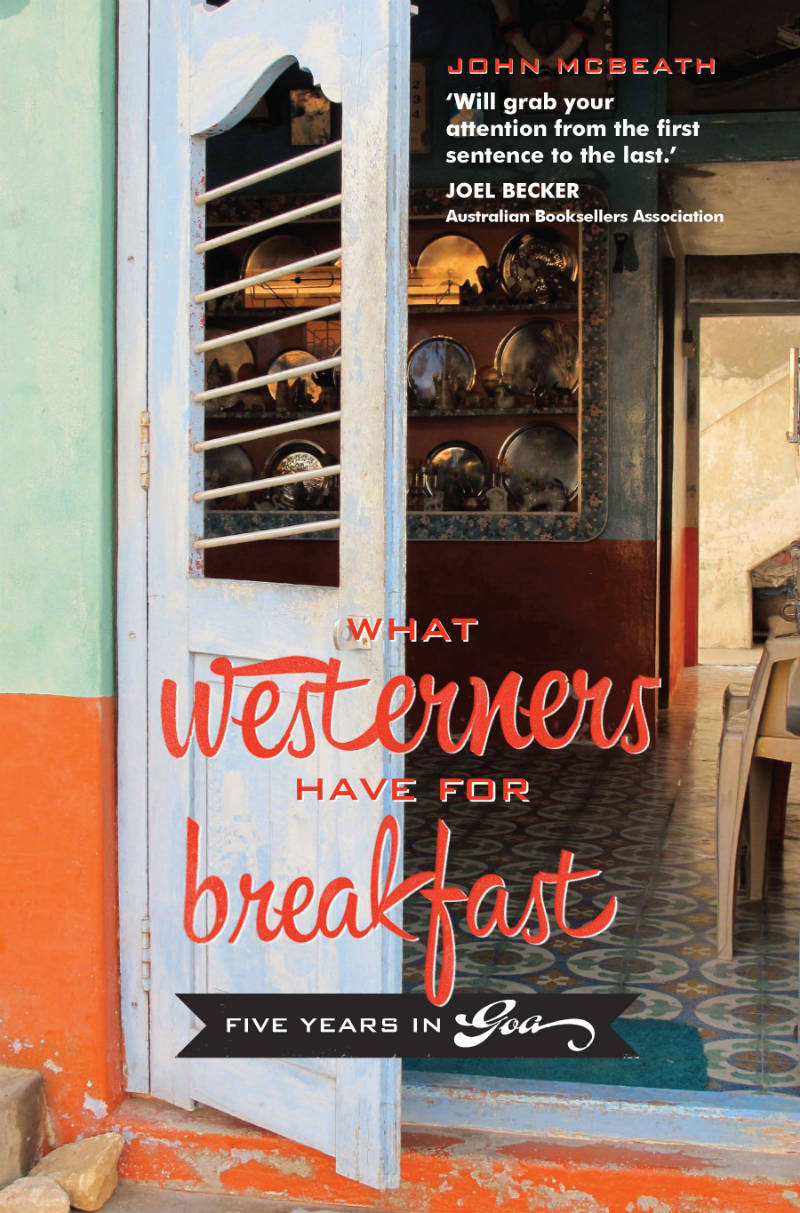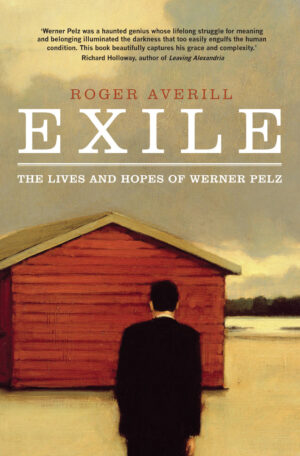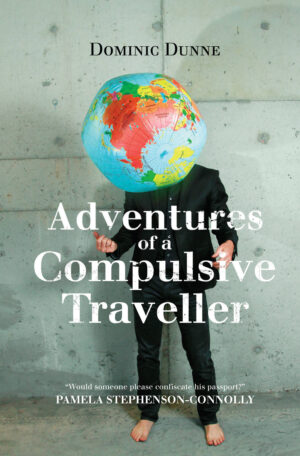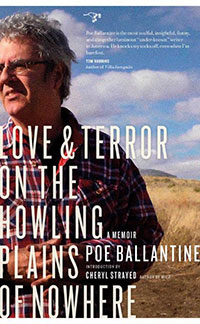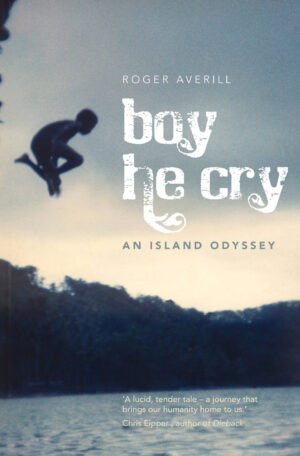Description
In the mid-eighties John McBeath and his partner Sue left Australia for India with the dream to open a European-style pensione in an old Portuguese villa in Goa. After several visits to India they had realised that Goa with its European influences, pristine beaches, and laid-back tropical lifestyle was at the start of a tourism boom.
Now told for the first time, this is the alluring true story of what happened: of the locals, expatriates and visitors they befriended, of the colourful, hilarious and sometimes confounding experiences that both enriched and threatened their relationship. Goa rises up from these pages as a seductive and richly rewarding place to live, but jazz writer McBeath isn’t afraid to lay bare the realities. The result is magical: a warm, poignant and bitter-sweet portrait of five unforgettable years.
‘India, sex, death, relationships, expatriates, drugs, bureaucracy, food, antiques and jazz. Master wordsmith McBeath stirs these ingredients into an extraordinarily personal, funny and revelatory account of a tree change gone wrong. What Westerners Have for Breakfast will grab your attention from the first sentence to the last.’
Joel Becker, chief executive of the Australian Booksellers Association
‘A tropical paradise can drive you crazy. And Aussie John McBeath, chasing new dreams of doing business in the old hippie haven of Goa, fears just how quickly this can happen as he wrangles with India’s bungling officialdom and encounters the bizarre and often disturbing, all the while trying to save a relationship. A frank and entertaining memoir told with humour, poignancy and a hint of caution.’
Carlene Ellwood, travel journalist and former News Limited literary editor
AUTHOR John McBeath and partner, Sue, left Melbourne for the adventure of a lifetime in the mid-1980s.
With grand plans to establish a European-style pension in the stunning tourist area of still-largely undeveloped and unspoilt seaside Goa in India, the pair left home full of naive enthusiasm and ambition.
It didn’t take long, though, for them to realise that locals were a law unto themselves when it came to business deals, financial backing, banking and property transactions.
In order to purchase a property to turn into tourist accommodation, John and Sue had to find an Indian partner willing to take on at least 51 per cent of the deal. This memoir outlines the search for a willing partner, meetings with a banker and then negotiations with the Indian High Commission, which refuses permission for John to take on the project.
But surviving on their investments back in Australia, John and Sue spend five years in Goa living an enviable life on a shoestring. They eat delicious local seafood, mix with quirky locals and even more quirky fellow travellers and expats, find a comfortable home to rent and spend most evenings with new-found friends at the local watering hole.
But it becomes increasingly clear that this lifestyle can’t last, as John and Sue begin squabbling then drifting apart, with their aspirations and values no longer compatible.
This is part-travel diary, part-memoir, part-exploration of a relationship heading downhill, all observed with the benefit of hindsight. As readers are taken around Goa with the author, they are offered lots of fascinating history and colour, and a well-told, entertaining story of an overseas sojourn many may dream of but few would be game enough to embark upon.
Shaunagh O’Connor, The Weekly Times, 20 March, 2014

